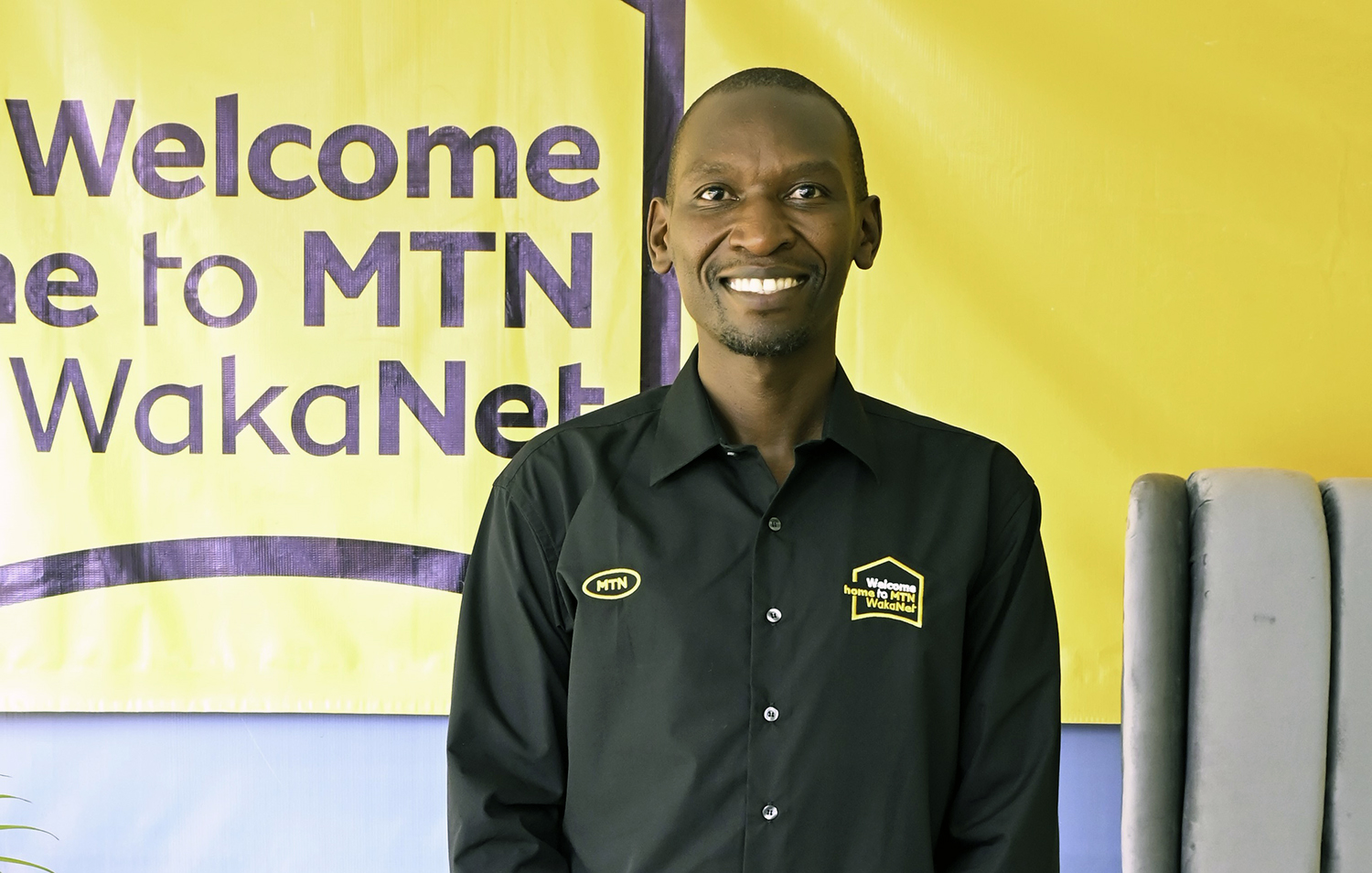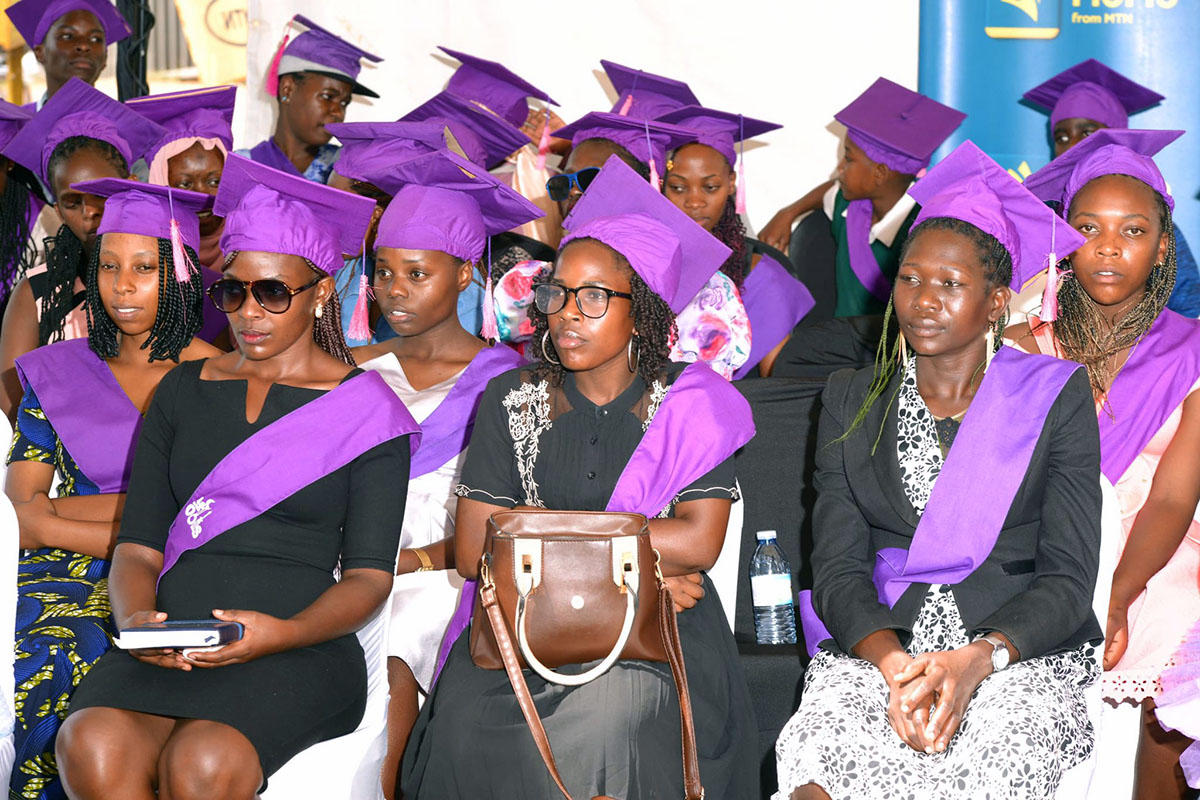We must balance oil and conservation benefits

Mr Ssekatawa says that balancing the needs of the petroleum industry with environmental conservation involves stringent regulations, careful planning, and active stakeholder engagement.
The Petroleum Authority of Uganda (PAU) is a government agency tasked with monitoring and regulating Uganda's oil and gas industry to ensure environmental conservation and thus sustainable development. Mr. Ali Ssekatawa, the organisation’s Director of Legal and Corporate Affairs, spoke to The Business Edge about their conservation efforts.
What is the current status of oil exploration and production in wildlife-rich areas of Uganda, and what measures has the Petroleum Authority of Uganda (PAU) implemented to ensure that these activities do not harm the local wildlife?
Oil exploration and production operations in Uganda, particularly in areas rich in biodiversity like the Albertine Graben, are closely managed by the Petroleum Authority of Uganda (PAU) to protect local ecosystems. The PAU mandates strict environmental guidelines, including mandatory Environmental and Social Impact Assessments (ESIAs) to identify risks to wildlife and establish mitigation strategies. Oil companies must also develop Biodiversity Action Plans (BAPs) to safeguard local flora and fauna.
To protect endangered species in these regions, we have implemented several strategies, such as creating buffer zones around critical habitats, relocating vulnerable species, and establishing wildlife corridors. We also collaborate with conservation experts to monitor species populations and adapt strategies as needed. Additionally, oil companies are required to support conservation efforts, including anti-poaching initiatives and habitat-restoration projects.
That said, balancing the needs of the petroleum industry with the conservation of critical habitats like national parks involves stringent regulations, careful planning, and active stakeholder engagement. At PAU, we prioritize land-use planning that protects sensitive areas, restricts oil activities in these zones, and encourages the use of advanced technologies to minimize environmental disruption. Regular dialogue with conservation organizations, local communities, and oil companies ensures that both economic development and environmental preservation are maintained.
Do you as a regulator, collaborate with wildlife conservation organizations, and if so, how do these partnerships work to protect wildlife?
Yes, we collaborate with wildlife conservation organizations like the Uganda Wildlife Authority (UWA) and various NGOs to protect wildlife. These partnerships involve joint efforts in wildlife monitoring, habitat protection, and community education. Together, they conduct biodiversity assessments, develop conservation strategies, and implement wildlife management plans that align with both conservation and petroleum production goals. These collaborations are crucial for sharing knowledge, building capacity, and integrating conservation practices throughout the oil development process.
To monitor the ongoing impact of oil mining on wildlife and ecosystems, we have established an Environmental Monitoring Program (EMP), which includes regular field surveys, remote sensing, and wildlife tracking technologies. The data collected is analyzed to detect any adverse trends, which are then addressed through adaptive management strategies. Independent environmental consultants audit the environmental performance of oil companies to ensure compliance with guidelines.
Remember, we enforce compliance with environmental regulations through regular inspections, audits, and strict penalties for violations. Oil companies must submit regular environmental performance reports, which are thoroughly reviewed. Non-compliance can result in sanctions, including fines or suspension of operations.
What challenges do you face in protecting wildlife in oil mining districts, and how are these challenges being addressed?
One of our primary challenges is balancing the economic pressures of oil development with the need for environmental conservation. We address this by subjecting all oil projects to rigorous environmental scrutiny and establishing clear and enforceable guidelines. Human-wildlife conflict is another significant challenge, especially as oil development increases human activity in wildlife-rich areas.
On this, we work closely with local communities and conservation organizations to implement conflict mitigation strategies, such as creating wildlife corridors and supporting community-based conservation programs.
How exactly do you plan to ensure that Uganda's wildlife thrives alongside the development of the oil industry?
As the petroleum industry regulator, we intend to ensure that wildlife thrives alongside the oil industry's development by integrating wildlife conservation into the entire framework of oil exploration and production. This strategy involves ongoing collaboration with environmental and conservation stakeholders, adopting sustainable extraction technologies to minimize environmental impact, and investing in research and monitoring programs to inform adaptive management strategies.
To raise awareness about wildlife conservation in oil mining districts, we engage in public education campaigns, community outreach programs, and stakeholder workshops. We also collaborate with schools, local leaders, and conservation organizations to promote environmental stewardship and encourage sustainable practices.
How do you ensure that petroleum exploration and production activities align with Uganda’s conservation goals, particularly in sensitive wildlife areas?
We do that through a robust policy, legal, and regulatory framework, including the National Oil and Gas Policy, the National Environment Act, and the Wildlife Act. In sensitive areas like the Albertine Graben, we use specific guidelines and tools such as the Albertine Graben Environment Monitoring Plan and the Environmental Sensitivity Atlas to balance development with conservation by identifying sensitive areas and planning activities with minimal environmental impact.
To mitigate the environmental impact on biodiversity, particularly within protected areas, we employ advanced technologies like cableless seismic data acquisition and wildlife-friendly equipment to reduce noise and light pollution. Techniques such as horizontal directional drilling allow access to underground resources without affecting critical ecosystems.

































